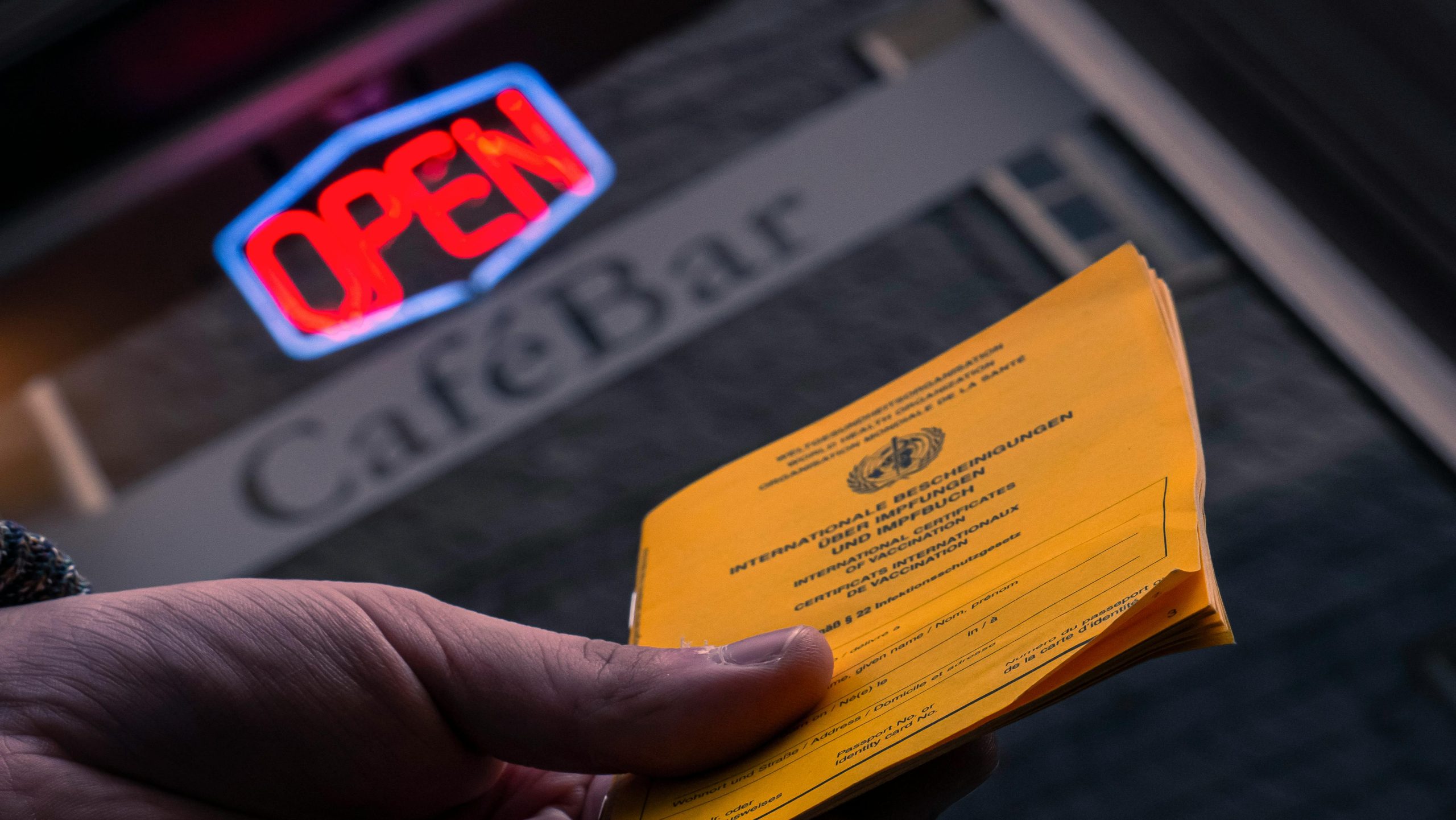The Reality of US Manufacturing: Why It’s Not Returning
The discussion around reviving US manufacturing often ignites passionate debates, yet the stark truth remains: many factors have contributed to the decline, and there’s little evidence to suggest a swift comeback.
Between the years of 1980 and 2010, a significant number of companies made the decision to relocate their manufacturing operations overseas. Unfortunately, the reaction from consumers during that period was far from a collective pushback. In fact, many individuals continued to support these brands without hesitation—even after they announced their shift to countries like Mexico.
Take, for instance, my own hometown, once home to several prominent factories, including a notable Maytag appliance plant. When the company revealed its plans to move operations south of the border around 2006, the loyalty of local consumers remained unwavering. Not a single person I know chose to stop purchasing Maytag products. This highlights a larger issue: while many express a desire for American manufacturing to return, the commitment to supporting domestic operations has been inconsistent at best.
The challenges don’t end with consumer behavior. Reestablishing manufacturing facilities in the US presents its own set of hurdles. The financial implications are significant. Companies face the staggering costs associated with relocating operations back to American soil—from building new factories to hiring local workers who command salaries that are often three to five times higher than those of their overseas counterparts.
As a result, the pricing of goods produced in the US would likely remain on par with—or even exceed—the costs of products manufactured abroad, especially in light of existing tariffs. The intricacies of global supply chains and labor costs make it complicated to envision a straightforward revival of American manufacturing.
In summary, while many sincerely advocate for the return of manufacturing to the United States, the reality is shaped by historical consumer choices and complex economic factors. A significant shift in behavior and policy will be necessary to see a true revival.



